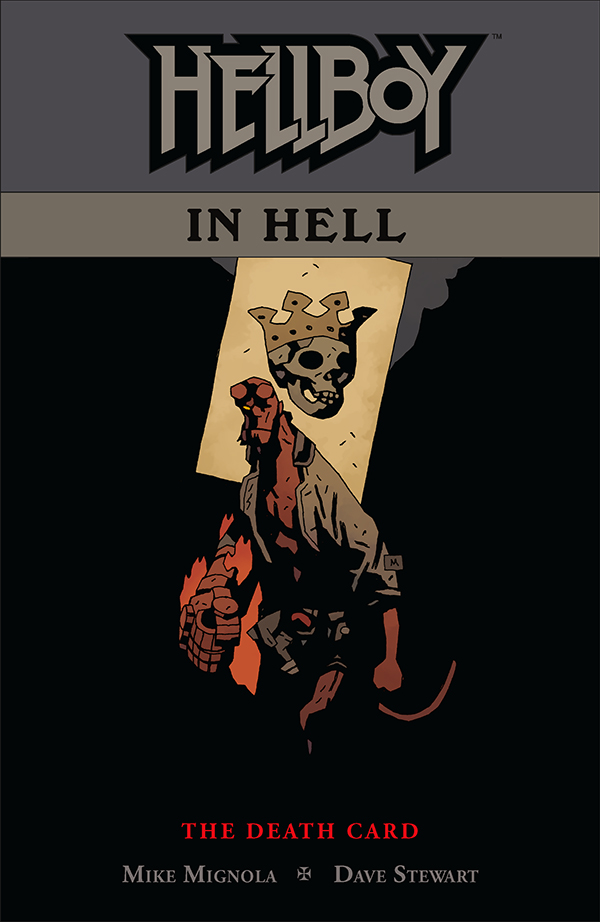In an age where comic books become progressively more saturated by the life-sucking Hollywood machine, finding comic books that strive for artistic depth becomes difficult for the uninitiated. With Marvel and DC comics dominating mainstream attention with their cinematic universes, rarely do practitioners outside the usual moneymaking spectrum garner attention to the degree Mike Mignola has with Hellboy.
an unparallelled atmosphere
Combining Catholic imagery, folklore from worldwide cultures and Lovecraftian horror while harkening back to the charming bombast of Jack Kirby, the kid from hell has starred in a 12-volume series, four movies, countless spinoffs and offshoots, and, more recently, a second series called “Hellboy in Hell.”
Mignola’s concise writing, impressionistic art and poetic sensibilities consistently bring unparallelled atmosphere and depth to a medium largely out of touch with high art. While a decidedly abrupt ending to what Mignola himself thought would become ongoing, nonlinear stories, the second and final volume of “Hellboy in Hell,” entitled “The Death Card,” gives ultimate closure to a demon’s search for purpose against the very fabric of his being.
The magnitude of “The Death Card” unveils with Mignola’s entire saga in perspective. While some pages do feature a bit of expository recapping, 23 years of development factor into these pages. The son of a witch and a duke of hell, Hellboy’s emergence on earth as a child through Nazi occultism preconceptually pointed towards him using his stone “right hand of doom” to release apocalyptic monsters to destroy the universe — a sort of amalgamation of Revelation 20 and Cthulian mythology.
Contrary to expectations, the kid from hell became raised by men who showed him the power of virtue and goodness. Hellboy’s subsequent exploits as a paranormal investigator and wayward traveler ultimately boiled down to his lifelong resistance of his lineage and confrontation with his given destiny. As one could glean from the title of the series, his journey has not taken the best turn.
a bastion of hope and goodness
Returning to the home he left so long ago, Hellboy’s staunch refusal to follow in the footsteps of his fallen kin brings him into direct conflict with them. With Pandamonium spiraling into chaos with the death of its lord, Hellboy’s misadventures in hell quickly come to a head. Things only escalate further in “The Death Card.”
Mignola compares to Lovecraft and even Tolkien with the scope of his imaginary world and the amount of detail he puts into it, the smallest intricacies from his most obscure stories take crucial roles in his current output. Re-emerging characters and converging storylines culminate as Hellboy finally comes to terms who he is. Indeed, a lifetime of fighting leads him to the very place he fought against, but with that sacrifice comes a beacon of hope — a bastion of hope and goodness in a world threatened by chaos and devilry. However, with this knowledge comes the revelation that he cannot receive the salvation he made possible.
Unable to escape from himself, he unleashes his full power against the powers and authorities of Hell, becoming the ultimate anti-hero as he destroys those who willed him into existence in a final act of defiance. However, unlike most anti-heroes, he comes to terms with his past, present and future. While Mignola certainly has not dried the well of creativity present in his legendary character, fans now find solace in the knowledge that Hellboy does finally find freedom from his internal turmoil at the end of his journey.







